Home>Furniture & Design>Outdoor Furniture>What Is A Comfortable Outdoor Humidity


Outdoor Furniture
What Is A Comfortable Outdoor Humidity
Modified: August 27, 2024
Learn how outdoor furniture and design can be affected by outdoor humidity levels. Discover the ideal comfort range for your outdoor living space.
(Many of the links in this article redirect to a specific reviewed product. Your purchase of these products through affiliate links helps to generate commission for Storables.com, at no extra cost. Learn more)
Introduction
Welcome to the world of outdoor comfort! When it comes to creating a cozy and inviting outdoor space, there are numerous factors to consider, and one of the most crucial yet often overlooked elements is humidity. Understanding the impact of outdoor humidity on our comfort and well-being is essential for anyone who wants to make the most of their outdoor living areas.
Outdoor humidity refers to the amount of water vapor present in the air outdoors. It plays a significant role in determining how comfortable we feel in our outdoor spaces, influencing everything from the effectiveness of our cooling systems to the condition of our outdoor furniture. In this article, we will delve into the concept of outdoor humidity, exploring its effects and how to manage it effectively to ensure a comfortable and inviting outdoor environment.
So, let's embark on a journey to unravel the mysteries of outdoor humidity and discover the secrets to creating an outdoor space where you can relax, entertain, and unwind in perfect comfort. Whether you're a seasoned outdoor enthusiast or just starting to explore the joys of al fresco living, understanding outdoor humidity is a crucial step toward enhancing your outdoor experience. Let's dive in and uncover the fascinating world of outdoor humidity and its impact on our comfort and well-being.
Key Takeaways:
- Outdoor humidity affects how comfortable we feel outside, impacting everything from the condition of our furniture to our overall well-being. Maintaining ideal humidity levels (40%-60%) is key for a cozy outdoor space.
- Factors like temperature, proximity to water, and vegetation influence outdoor humidity. Managing it through ventilation, shade control, and proper maintenance of furniture and plants is crucial for a comfortable outdoor environment.
Understanding Humidity
Humidity is a measure of the amount of water vapor present in the air. It is a key component of the atmosphere and plays a vital role in our daily lives, influencing everything from our comfort to the health of plants and the durability of outdoor furniture. When we talk about outdoor humidity, we are referring to the moisture content in the air outside our homes, in our gardens, and on our patios and balconies.
Humidity levels fluctuate throughout the day and are influenced by various factors, including temperature, precipitation, and proximity to bodies of water. Understanding humidity is essential for creating a comfortable outdoor environment, as it directly impacts our perception of temperature and overall comfort. High humidity can make the air feel heavy and oppressive, while low humidity can lead to dryness and discomfort.
Outdoor humidity can also affect the condition of outdoor furniture and decor. Excessive moisture in the air can lead to mold, mildew, and rust, posing challenges for maintaining the beauty and functionality of outdoor furnishings. On the other hand, extremely low humidity can cause wood to crack and metal to corrode, highlighting the need to strike a balance in outdoor moisture levels.
By gaining a deeper understanding of humidity and its effects, we can make informed decisions about outdoor design, furniture selection, and climate control. Whether you’re planning a garden party, a relaxing evening on the patio, or simply enjoying a cup of coffee in your outdoor sanctuary, being aware of outdoor humidity can help you create a more inviting and comfortable space.
Now that we’ve laid the groundwork for understanding humidity, let’s explore its specific impact on outdoor comfort and how to navigate the challenges and opportunities it presents.
Outdoor Humidity and Comfort
Outdoor humidity plays a crucial role in shaping our perception of comfort in outdoor spaces. When the air is too humid, it can feel sticky and oppressive, making it challenging to fully enjoy the outdoor environment. On the other hand, low humidity levels can lead to dryness and discomfort, affecting our skin, respiratory system, and overall well-being. Striking the right balance in outdoor humidity is essential for creating a welcoming and enjoyable outdoor oasis.
High outdoor humidity can also impact the effectiveness of cooling systems, such as fans and air conditioners, as the moisture-laden air makes it harder for sweat to evaporate, diminishing the body’s natural cooling mechanism. This can leave us feeling clammy and uncomfortable, especially during hot summer days. Additionally, high humidity can contribute to the growth of mold and mildew, posing challenges for outdoor furniture and decor.
Conversely, low outdoor humidity levels can lead to dry and brittle outdoor furniture, particularly wooden pieces that are susceptible to cracking and warping in arid conditions. Low humidity can also affect the vibrancy and health of plants in outdoor spaces, impacting the overall aesthetic and liveliness of the environment.
Understanding the relationship between outdoor humidity and comfort is essential for designing and maintaining inviting outdoor spaces. By considering humidity levels when selecting outdoor furniture, decor, and climate control solutions, we can create an environment that promotes relaxation, socializing, and overall well-being.
As we navigate the intricate interplay of outdoor humidity and comfort, it becomes evident that managing humidity levels is a key aspect of outdoor design and enjoyment. In the following sections, we will delve into the factors that influence outdoor humidity and explore strategies for maintaining optimal moisture levels in outdoor environments.
Factors Affecting Outdoor Humidity
Outdoor humidity is influenced by a variety of factors, each playing a role in shaping the moisture content in the air. Understanding these factors is essential for managing outdoor humidity levels and creating a comfortable and inviting outdoor environment.
1. Temperature: Temperature has a direct impact on outdoor humidity. Warmer air can hold more moisture, leading to higher humidity levels, while cooler air has a lower capacity for moisture, resulting in lower humidity. Understanding the relationship between temperature and humidity is crucial for predicting and managing outdoor moisture levels.
2. Proximity to Water Sources: Outdoor spaces near bodies of water, such as lakes, rivers, or oceans, often experience higher humidity levels due to the evaporation of water. The presence of water sources can elevate outdoor humidity, influencing the overall comfort and ambiance of the outdoor environment.
3. Vegetation and Landscaping: The presence of lush vegetation and well-maintained landscaping can impact outdoor humidity. Plants release moisture through a process called transpiration, contributing to localized humidity levels. Additionally, well-designed landscaping can provide shade and cooling effects, influencing the overall comfort of outdoor spaces.
4. Precipitation: Rainfall and other forms of precipitation can significantly affect outdoor humidity. Following a rainstorm, outdoor humidity levels often rise, creating a damp and muggy atmosphere. Understanding the relationship between precipitation and humidity is essential for managing outdoor comfort and planning outdoor activities.
5. Wind and Air Circulation: Wind and air circulation play a role in dispersing moisture in outdoor environments. Breezy conditions can help regulate humidity levels by promoting evaporation and air movement, contributing to a more comfortable outdoor experience. Understanding the impact of wind on outdoor humidity is crucial for designing and enjoying outdoor spaces.
By considering these factors and their influence on outdoor humidity, we can make informed decisions about outdoor design, furniture selection, and climate control solutions. The next step is to explore the ideal outdoor humidity levels that promote comfort and well-being in outdoor environments.
Keep outdoor humidity between 30-50% for comfort. Use a hygrometer to measure levels and a dehumidifier if it’s too high.
Ideal Outdoor Humidity Levels
When it comes to creating a comfortable and inviting outdoor environment, maintaining optimal humidity levels is essential. While individual preferences may vary, there are general guidelines for ideal outdoor humidity levels that promote comfort, well-being, and the longevity of outdoor furniture and decor.
For most outdoor settings, a humidity range of 40% to 60% is considered ideal for promoting comfort and minimizing potential issues associated with excessive moisture or dryness. Within this range, the air feels pleasantly moist without being overly humid, striking a balance that enhances the overall outdoor experience.
During hot summer months, slightly lower humidity levels, closer to the 40% mark, can help mitigate the discomfort associated with high temperatures. Lower humidity allows sweat to evaporate more efficiently, aiding the body’s natural cooling mechanism and contributing to a more comfortable outdoor environment.
Conversely, in cooler seasons or regions with drier climates, maintaining humidity levels closer to 60% can help prevent dryness and discomfort, particularly for outdoor wooden furniture and plants that may be susceptible to the effects of low moisture content in the air.
By aiming for these ideal outdoor humidity levels, we can create a more comfortable and enjoyable outdoor space, whether it’s a cozy patio, a vibrant garden, or a spacious deck overlooking scenic views. Understanding the optimal humidity range for outdoor comfort provides a valuable framework for designing, furnishing, and maintaining outdoor environments that cater to our well-being and relaxation.
As we strive to achieve the ideal outdoor humidity levels, it’s crucial to explore effective strategies for managing and regulating humidity in outdoor spaces. The next section will delve into practical approaches for maintaining optimal moisture levels and creating a harmonious outdoor environment.
Read more: How To Create Humidity For Outdoor Plants
Managing Outdoor Humidity
Effectively managing outdoor humidity is essential for creating a comfortable and inviting outdoor environment. By implementing practical strategies, we can regulate moisture levels, enhance comfort, and preserve the condition of outdoor furniture and decor. Here are several approaches to consider when managing outdoor humidity:
1. Proper Ventilation: Ensuring adequate air circulation in outdoor spaces can help prevent the buildup of excessive humidity. Utilizing fans, natural ventilation, and strategic placement of openings can promote airflow and reduce the risk of stagnant, moisture-laden air.
2. Shade and Sunlight Control: Managing exposure to direct sunlight and providing ample shade can influence outdoor humidity levels. Shaded areas may experience lower humidity, while sun-exposed spaces can benefit from natural evaporation processes, contributing to a balanced outdoor environment.
3. Humidity Monitoring: Utilizing humidity monitors or hygrometers can provide valuable insights into outdoor moisture levels, enabling proactive adjustments to maintain optimal humidity within the target range. Regular monitoring allows for timely interventions to address fluctuations in humidity.
4. Climate Control Solutions: Implementing climate control solutions, such as outdoor misting systems or evaporative coolers, can help regulate humidity and create a more comfortable outdoor environment, especially during hot and dry conditions. These systems can also enhance the overall ambiance of outdoor spaces.
5. Appropriate Plant Selection: Choosing plants that thrive in the local climate and require moderate levels of moisture can contribute to balanced outdoor humidity. Additionally, well-maintained landscaping can help manage outdoor moisture levels and enhance the aesthetic appeal of outdoor spaces.
6. Outdoor Furniture Maintenance: Proper care and maintenance of outdoor furniture, including regular cleaning and application of protective coatings, can help mitigate the impact of fluctuating humidity levels. Well-maintained furniture is more resilient to the effects of moisture and contributes to the overall comfort of outdoor settings.
By incorporating these strategies into outdoor design and maintenance practices, we can effectively manage outdoor humidity, promote comfort, and create an environment that encourages relaxation, social gatherings, and a deeper connection with nature. Understanding the dynamic nature of outdoor humidity and implementing proactive measures empowers us to optimize outdoor spaces for enjoyment and well-being.
As we conclude our exploration of outdoor humidity and its impact on comfort and design, it becomes evident that a thoughtful approach to managing moisture levels is essential for creating harmonious and inviting outdoor environments. By integrating the principles of humidity management into outdoor living spaces, we can elevate the outdoor experience and foster a deeper appreciation for the natural beauty that surrounds us.
Conclusion
As we immerse ourselves in the realm of outdoor comfort and design, the significance of outdoor humidity becomes increasingly apparent. From influencing our perception of temperature and comfort to shaping the condition of outdoor furniture and decor, humidity plays a pivotal role in creating inviting and harmonious outdoor environments.
Understanding the intricate interplay between outdoor humidity and comfort empowers us to make informed decisions when designing, furnishing, and maintaining outdoor spaces. By considering factors such as temperature, proximity to water sources, and vegetation, we gain valuable insights into managing outdoor humidity and promoting a comfortable outdoor experience.
Striving for ideal outdoor humidity levels, typically ranging from 40% to 60%, provides a framework for enhancing comfort, preserving outdoor furnishings, and fostering an atmosphere that encourages relaxation and enjoyment. By embracing these guidelines, we can create outdoor spaces that cater to our well-being and provide a sanctuary for leisure and social gatherings.
Effective management of outdoor humidity involves a multifaceted approach, encompassing proper ventilation, climate control solutions, and thoughtful maintenance of outdoor furniture and landscaping. By implementing these strategies, we can regulate moisture levels, mitigate the impact of extreme humidity, and cultivate outdoor environments that embody comfort and tranquility.
As we navigate the dynamic landscape of outdoor living, the role of outdoor humidity emerges as a fundamental element in the pursuit of creating inviting and comfortable outdoor spaces. By embracing the principles of humidity management and integrating them into our outdoor design endeavors, we can elevate the outdoor experience, fostering a deeper connection with nature and enhancing our quality of life.
So, whether you’re envisioning a serene garden retreat, a lively patio for entertaining, or a cozy outdoor nook for relaxation, the consideration of outdoor humidity and its impact on comfort and design is a crucial step toward realizing your outdoor aspirations. By harmonizing moisture levels, embracing nature’s elements, and infusing creativity into outdoor spaces, we embark on a journey of transformation, where every breath of fresh air and every moment of outdoor respite becomes a testament to the art of outdoor living.
Frequently Asked Questions about What Is A Comfortable Outdoor Humidity
Was this page helpful?
At Storables.com, we guarantee accurate and reliable information. Our content, validated by Expert Board Contributors, is crafted following stringent Editorial Policies. We're committed to providing you with well-researched, expert-backed insights for all your informational needs.
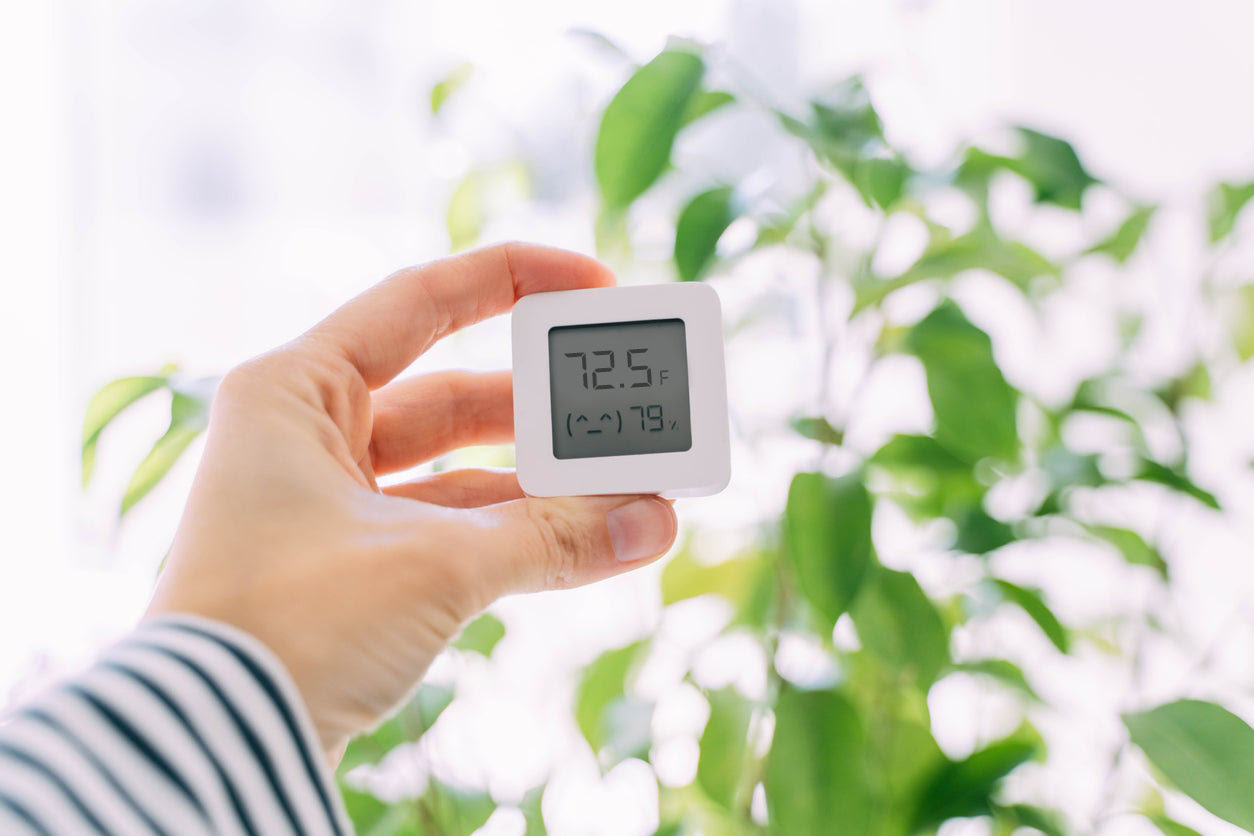
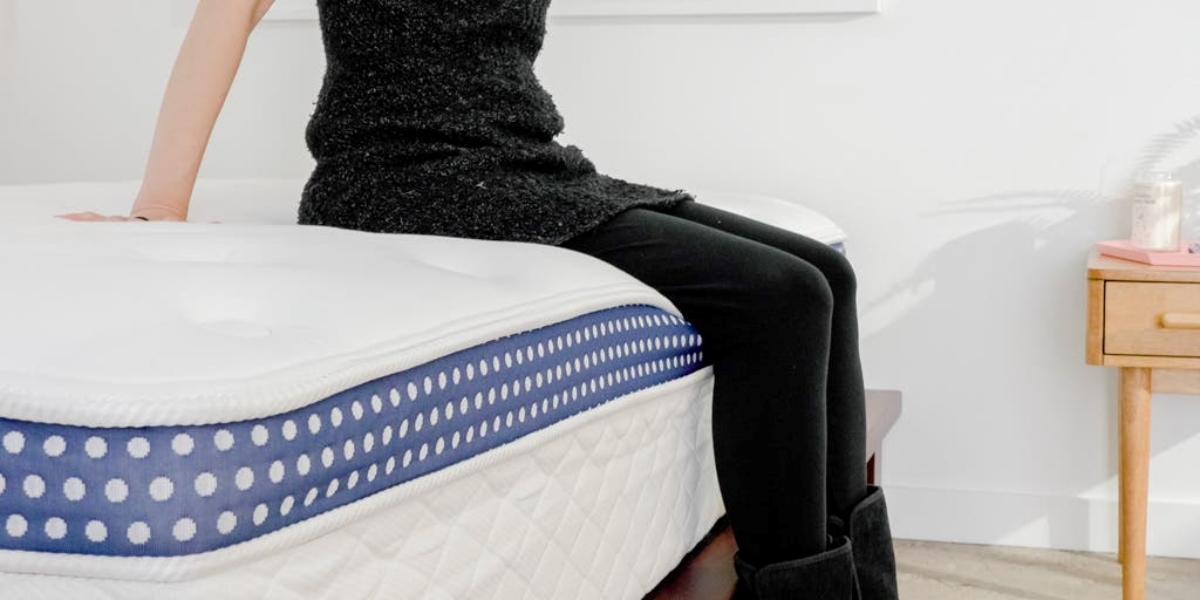

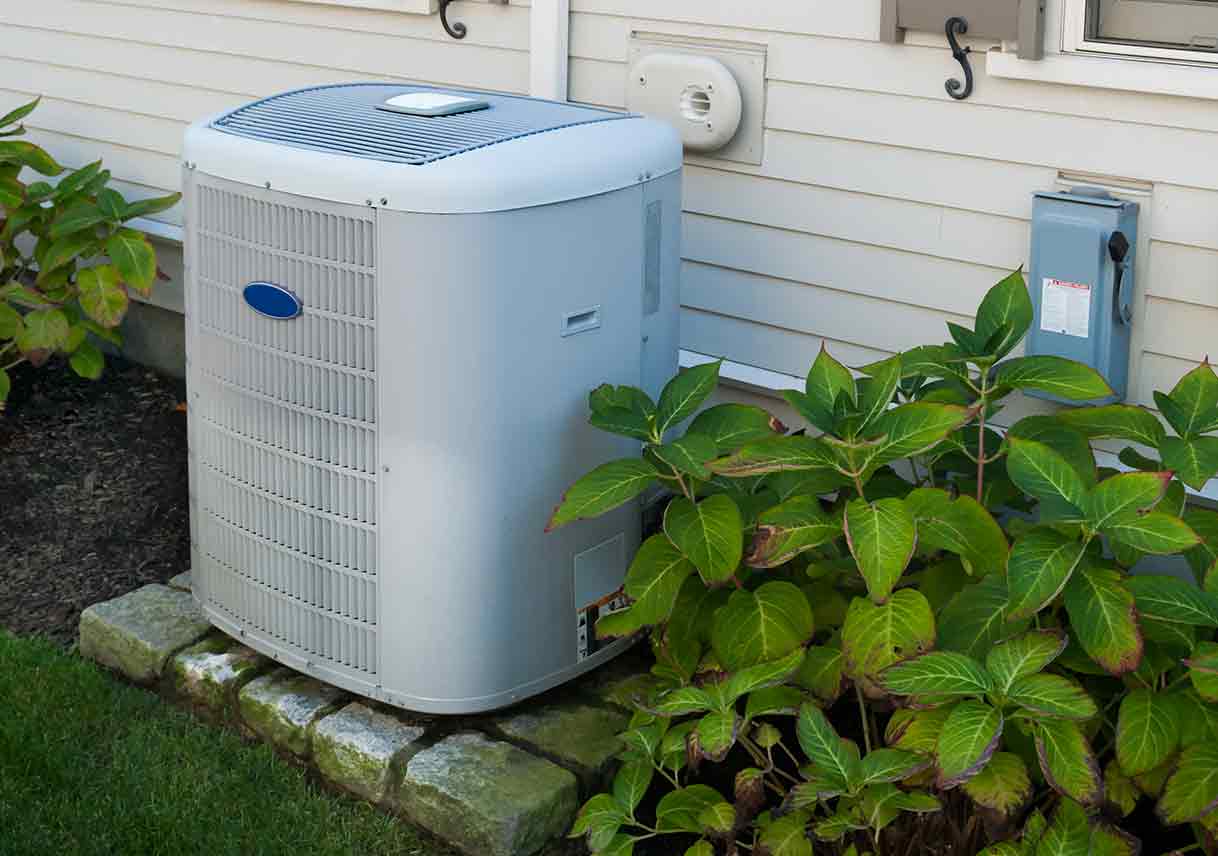
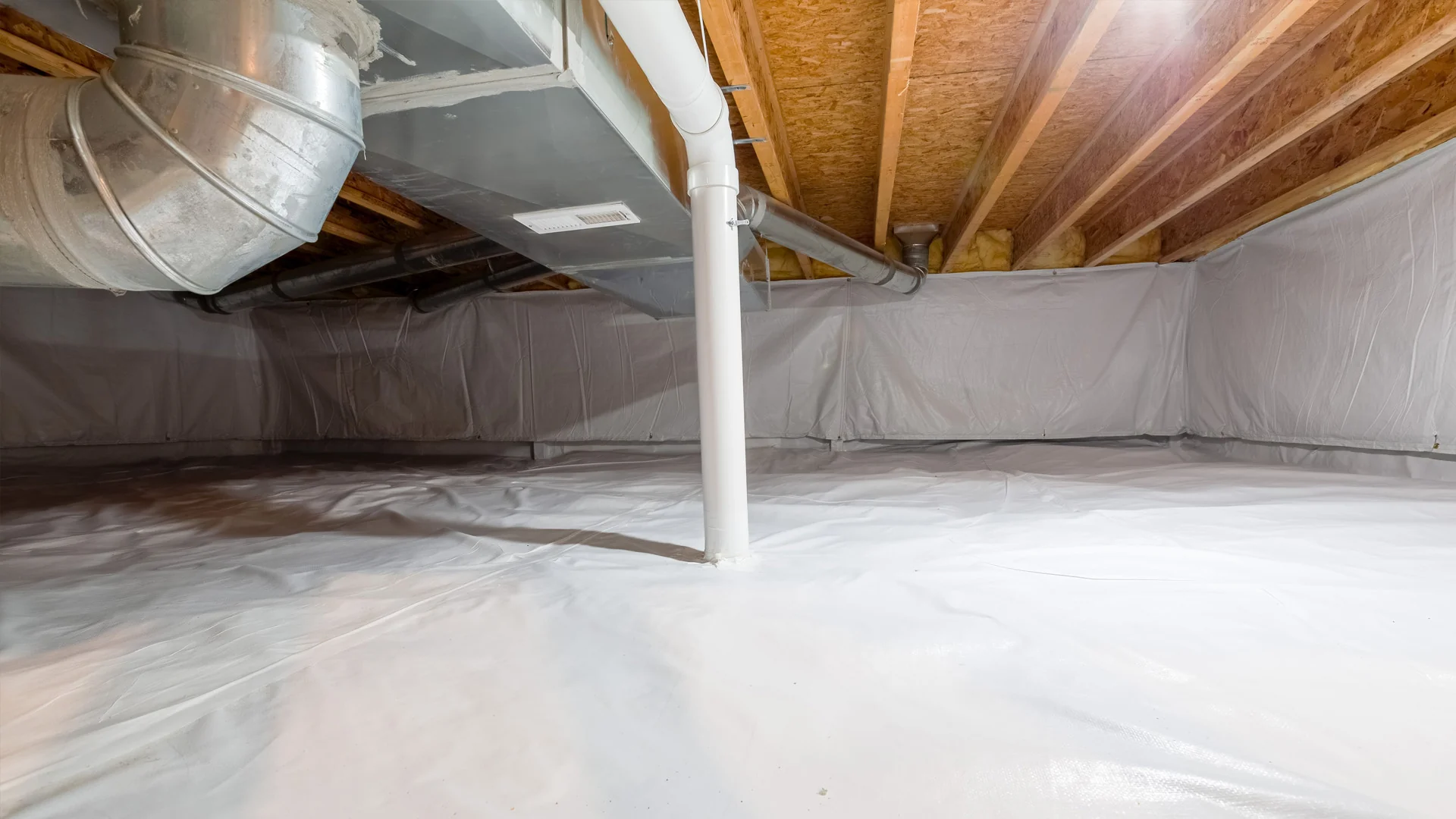


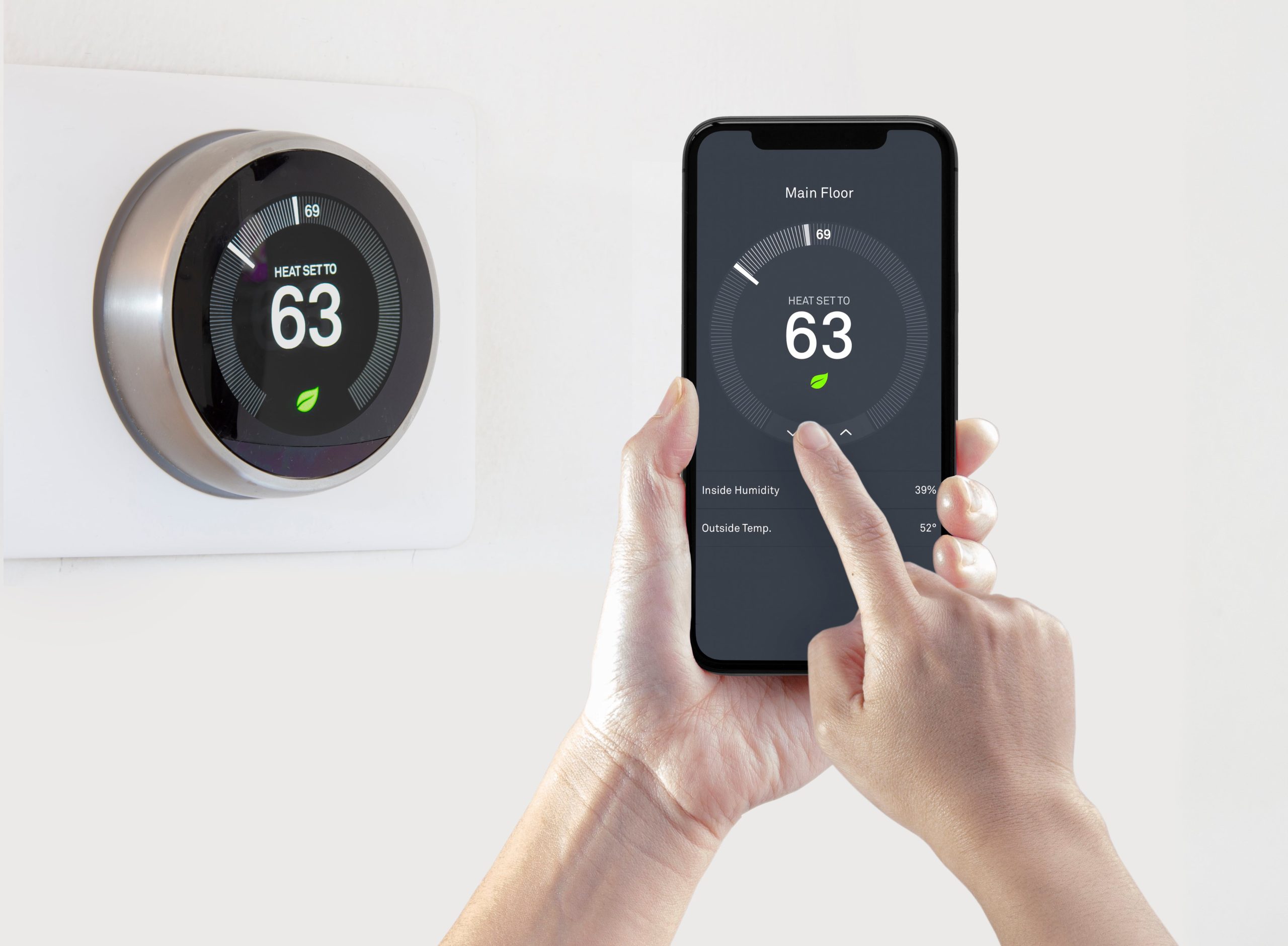
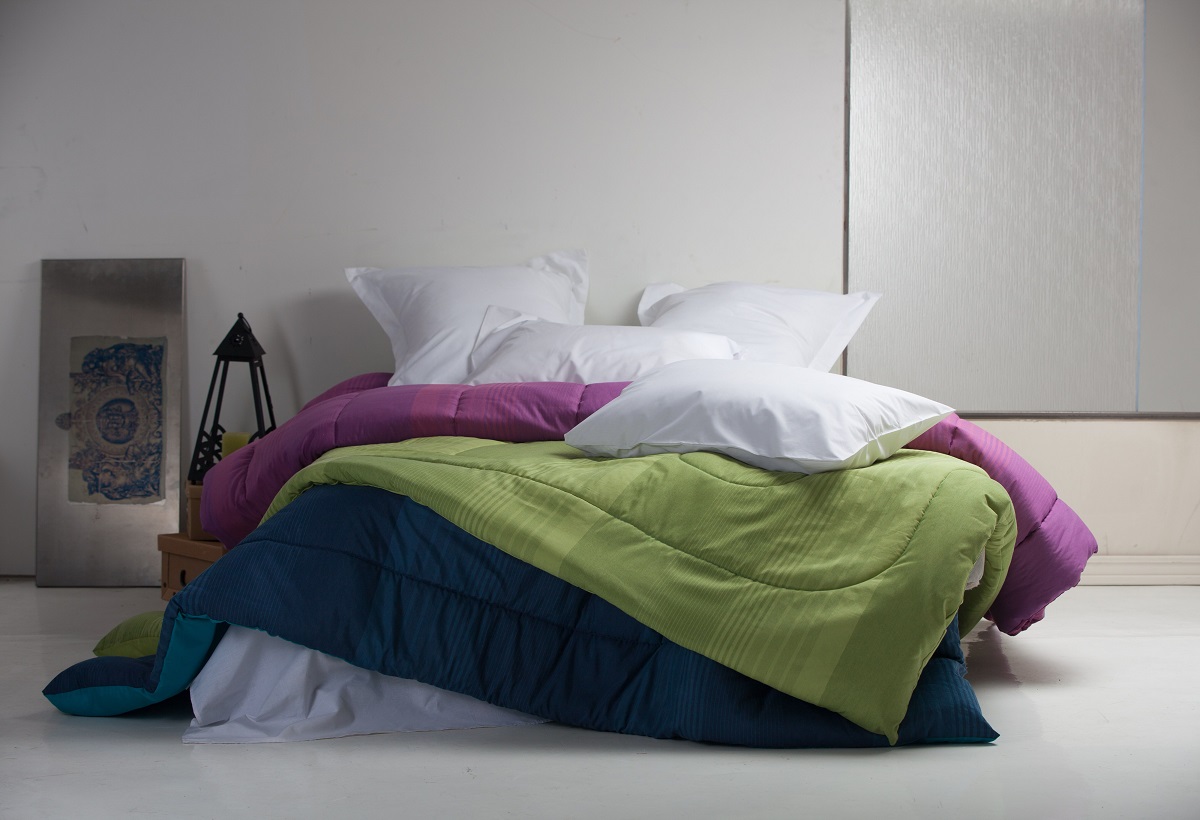
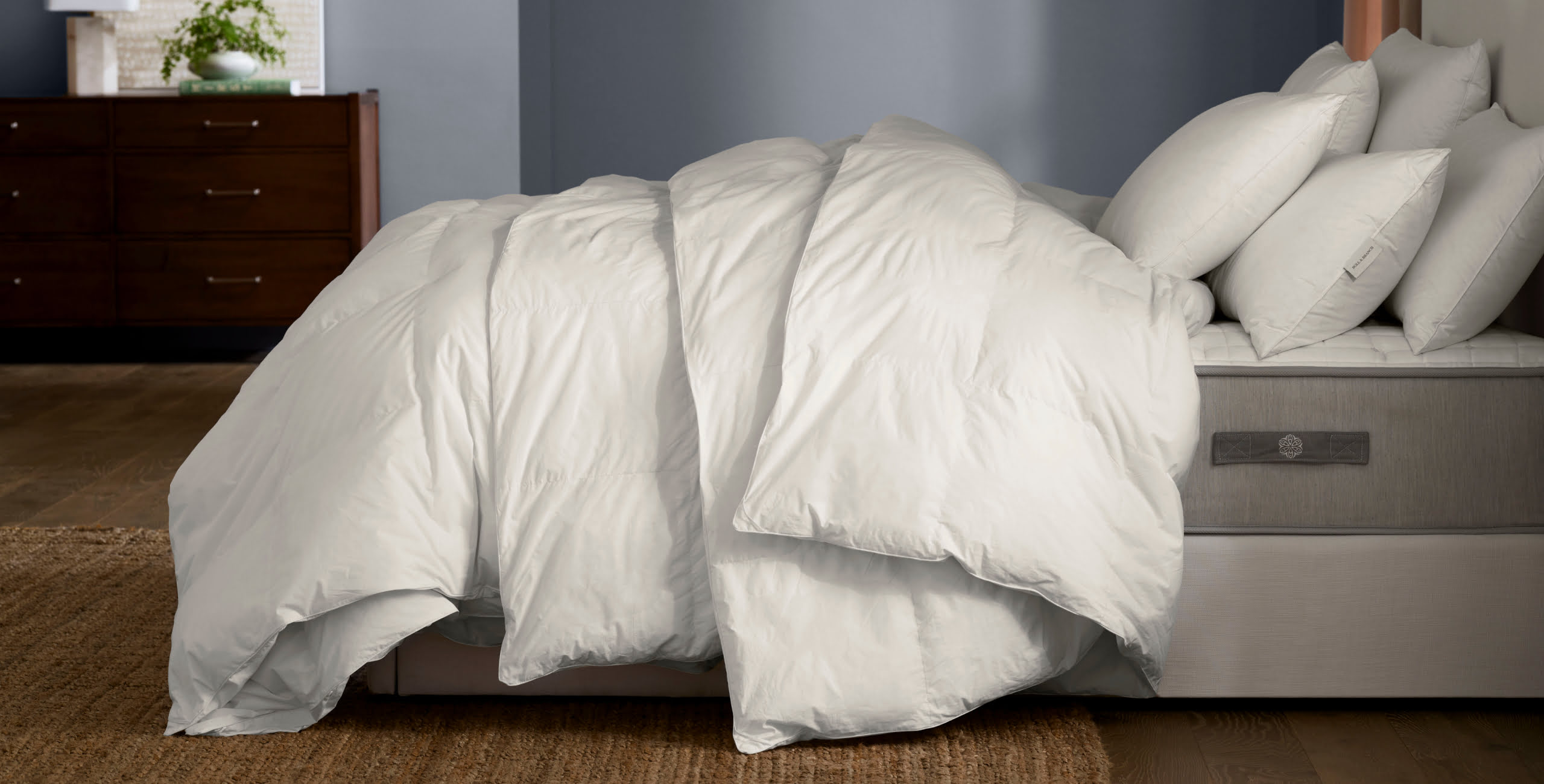
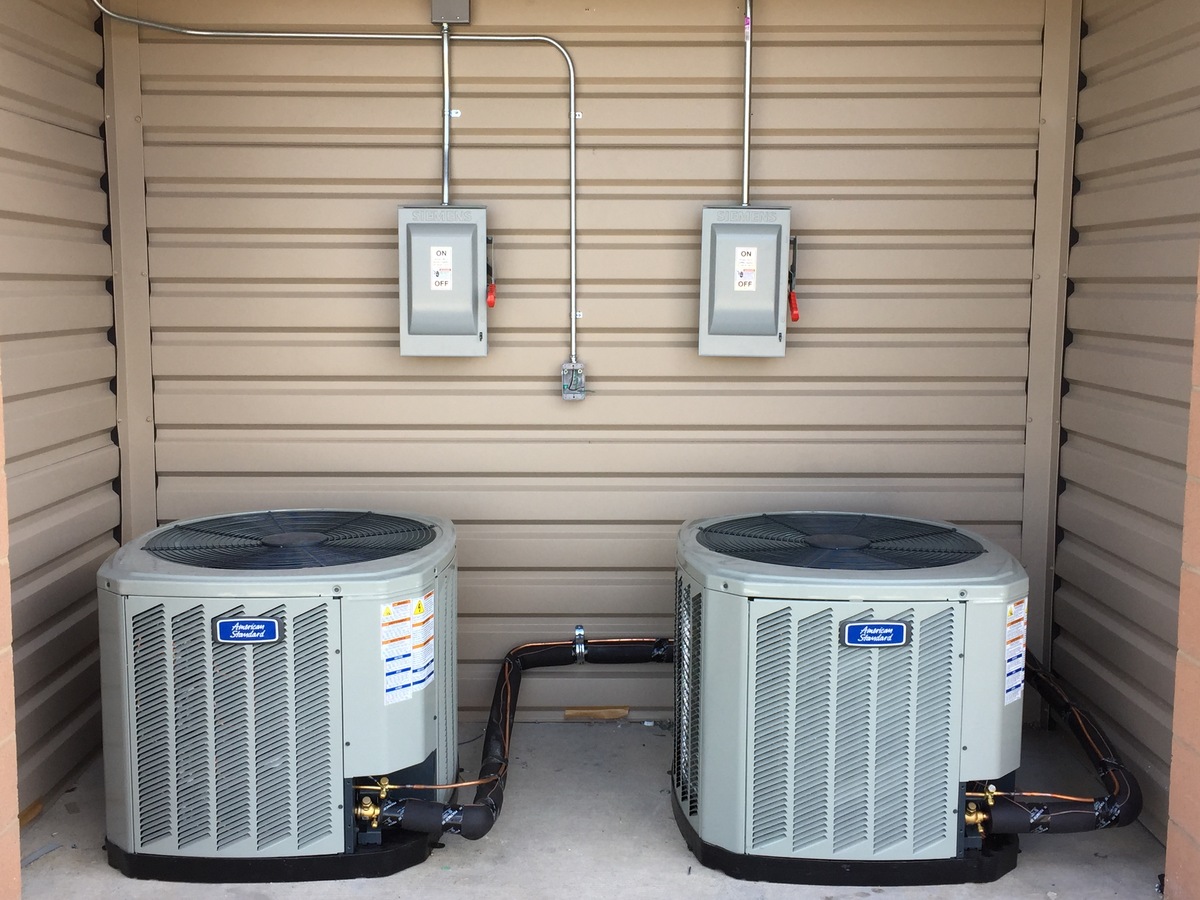
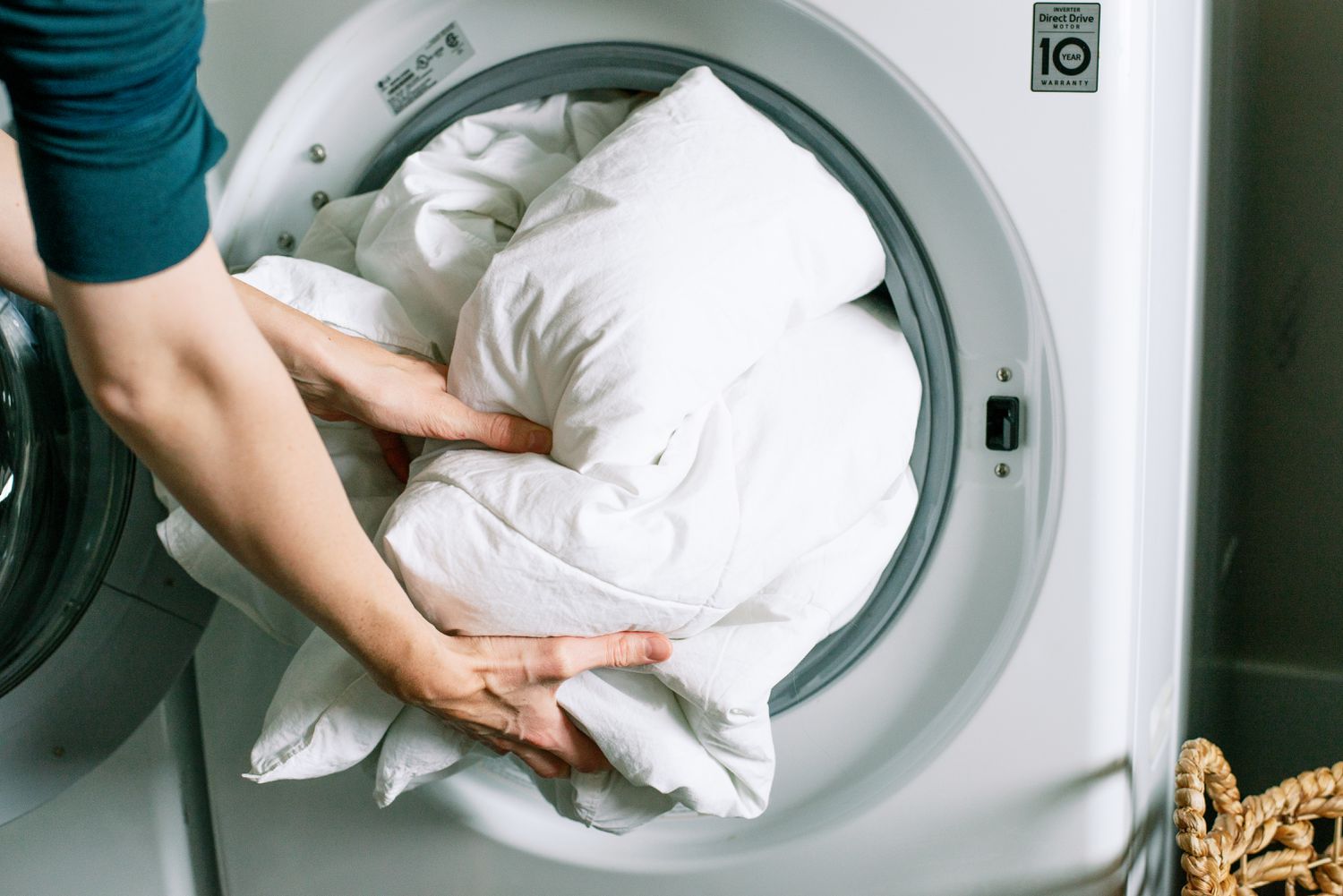

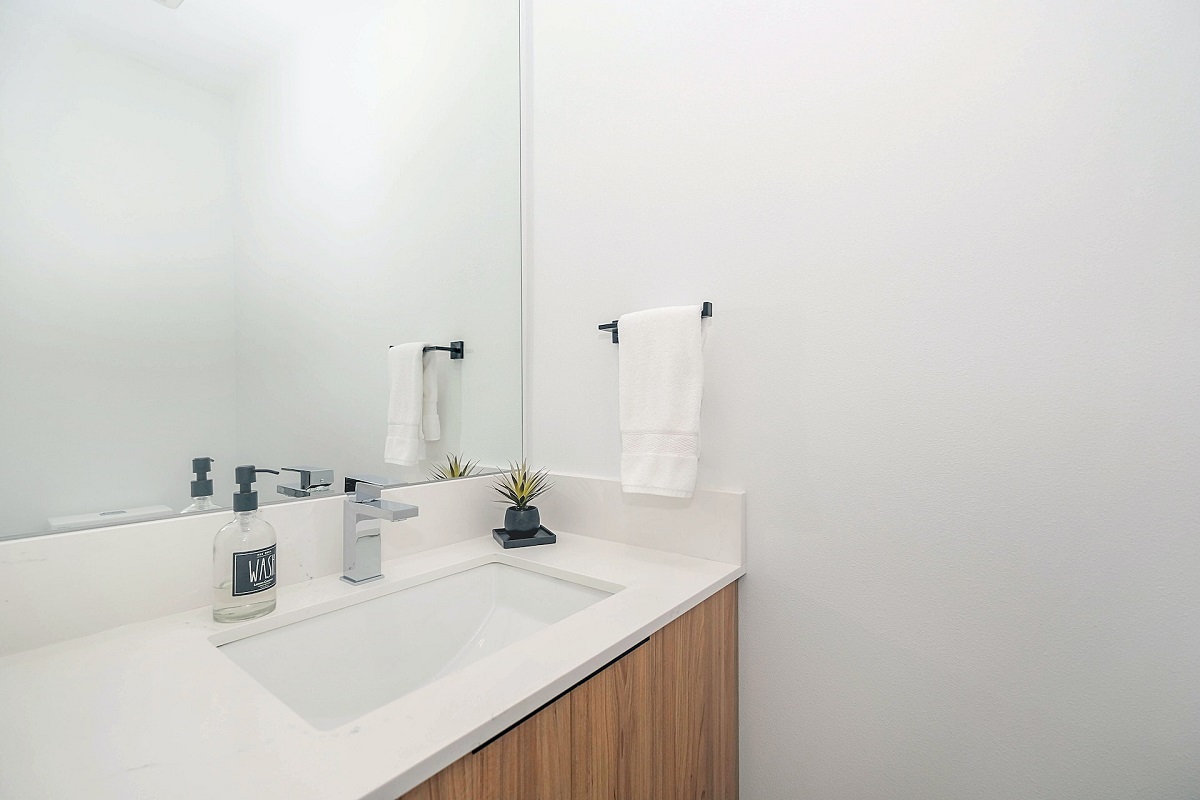

0 thoughts on “What Is A Comfortable Outdoor Humidity”